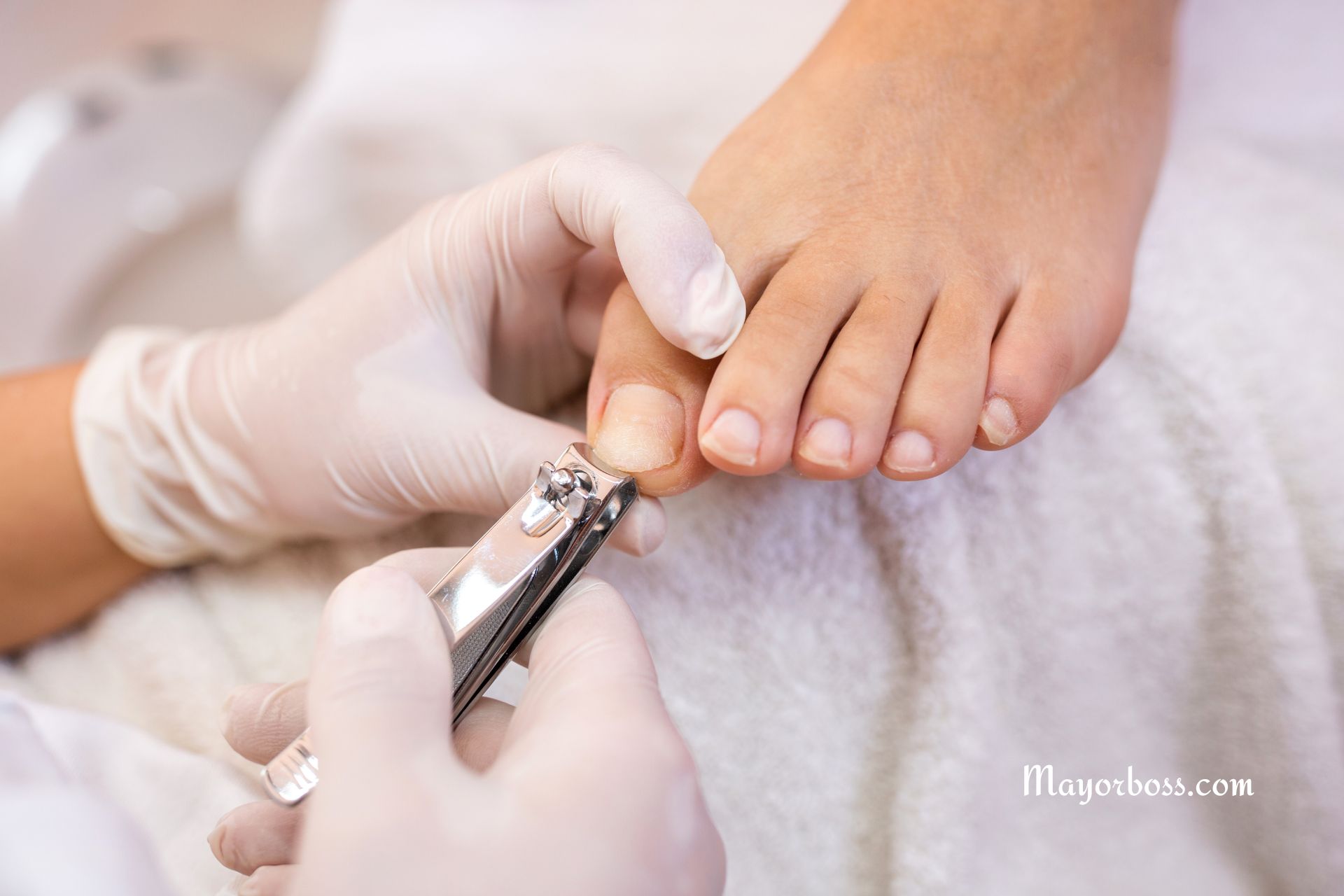Sharing Nail Clippers Can Spread Disease: Here’s Why
Have you ever thought about the risks of sharing nail clippers? It might seem like a harmless act, but this common grooming tool can be a hotspot for spreading various diseases. In this article, we’ll delve into why sharing nail clippers can be risky and offer practical tips to minimize these risks.

The Hidden Dangers of Nail Clippers
Nail clippers, at first glance, seem quite innocuous. However, when you use them, they can come into contact with tiny amounts of blood and other bodily fluids. Even if you can’t see it, these fluids can harbor harmful microorganisms, including bacteria, viruses, and fungi.
How Diseases Spread Through Nail Clippers
- Direct Contact: When you have tiny cuts or wounds on your fingers or around your nails, using shared nail clippers can introduce pathogens directly into your bloodstream.
- Indirect Contact: Pathogens can live on the surface of nail clippers for some time. If someone with an infection uses the clippers, the next person might pick up these germs, leading to potential infection.
Types of Diseases That Can Be Transmitted Through Nail Clippers
- Fungal Infections: Nail fungus is one of the most common issues. Sharing clippers can easily spread fungal spores from one person to another.
- Viral Infections: Viruses such as HPV (which can cause warts) and even bloodborne diseases like hepatitis and HIV can be transmitted through microscopic cuts.
- Bacterial Infections: Bacteria like staphylococcus and streptococcus can transfer via shared nail clippers, leading to infections.
Preventive Measures
Thankfully, you can take several simple steps to minimize these risks and still keep your nails in good shape.
- Personal Clippers: The best practice is to have your own set of nail clippers. This significantly reduces the risk of spreading infections.
- Regular Cleaning: If you must share, ensure the clippers are disinfected before and after use. You can use rubbing alcohol or a bleach solution to effectively kill most pathogens.
- Avoid Sharing: Try to avoid sharing nail clippers altogether, especially with individuals who have visible nail problems or infections.
- Be Mindful of Public Places: Nail salons should follow strict sanitization protocols. If you’re getting your nails done, don’t hesitate to ask how they clean their tools.
When Sharing Can’t Be Avoided
In situations where sharing is inevitable, such as in a family setting, maintaining cleanliness is key. Disinfecting clippers between uses and ensuring everyone has healthy nail hygiene can mitigate risks.
Conclusion
While sharing nail clippers might seem like a small issue, it’s a practice that can lead to the spread of various diseases. By taking proactive steps such as using personal nail clippers, disinfecting shared ones, and practicing good nail hygiene, you can protect yourself and others from potential health risks.
Frequently Asked Questions
- Can you really get serious diseases from nail clippers? Yes, while it’s less common, diseases like hepatitis and HIV can be transmitted through blood on shared nail clippers, especially if there are cuts or wounds.
- How often should I disinfect my nail clippers? It’s wise to disinfect your nail clippers regularly, especially if they are shared. Doing this before and after each use is a good habit.
- Are some people more at risk than others? Individuals with compromised immune systems, existing nail or skin infections, or open wounds are at a higher risk of contracting diseases from shared nail clippers.
